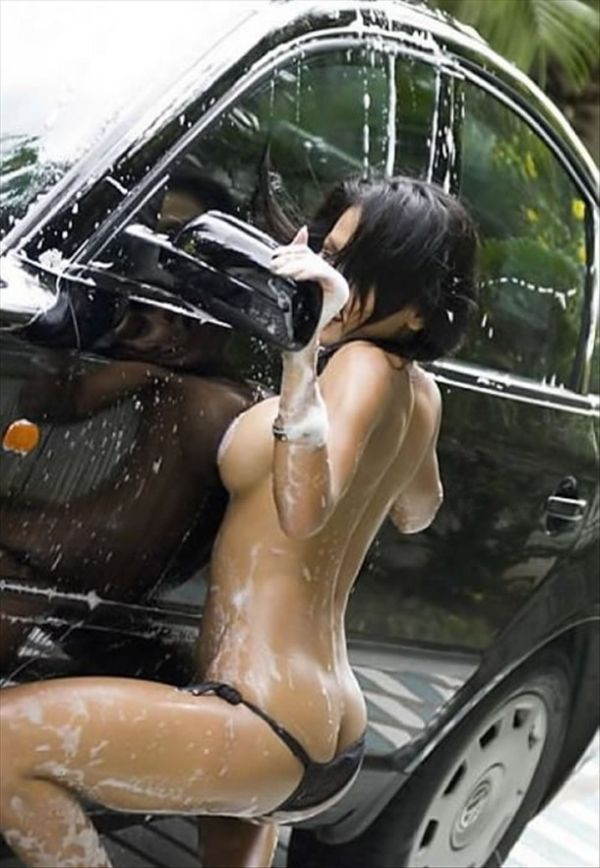
There is always a hysterical amount of interest that a new, affordable small car generates. Remember the Tata Nano? The next small car that will whip up similar passions will be the Eon. This new small car from Hyundai is also likely to generate disproportionate interest amongst buyers, because there hasn't been a modern, new offering in this segment in a long time.
But, there will be differences too. For one, the new Eon will not be an ultra-low-cost car, like the Nano was meant to be. What the Eon is essentially going to be is a stylish, small hatch, and honestly its compact size may not be all that evident from the digital rendering that you see above.
Also, unlike the Tata Nano, which now seems like an idea that was too early for its time, the new Hyundai Eon will be just in time to give buyers in the A-segment some much needed relief in terms of choice. The Eon will be pitted squarely against the Maruti Alto, the Chevy Spark and possibly even prove in-house competition for the Hyundai Santro Xing.
Fluidic design
I got to test drive a pre-production version of the new Eon at Hyundai R&D facility in Namyang in Korea, a sprawling campus located a couple of hours away from the capital, Seoul. The first aspect of the Eon, which was internally code-named the ‘HA', that strikes you is its design. Sophisticated, futuristic and obediently following Hyundai's new signature ‘fluidic' design philosophy, the Eon could quickly shove the rest in the segment down the charts with its good looks.
The new Hyundai trademark hexagonal design bonnet grille and bug-eyed headlamps give the new Eon cheery looks at the front. Peeled-back headlamps with large reflectors give the car a strong character and are meant to be both appealing and practical in Indian conditions. A clamshell bonnet and a fairly large airdam in the front bumper contribute to overall aggressive design of the Eon's front.
At the side, the typical strong character line and the deep-cut, curvy shoulder line add to the perception of length for this small car and the over prominent wheel arches are meant to give the Eon a more squat and sturdy appearance. Very similar to the i10 and the i20, the shoulder line rises sharply towards the end of the rear door and then merges into the tail-lamp. Large, sedan-like door mirrors should also provide good rear visibility, though they may also be more prone to dings and nicks.
At the rear, the tail-lamps have been set high in keeping with Hyundai's tall-boy design philosophy that has been adopted for the Eon too. It seems like the Eon has been built using the Santro's platform, but after some modifications. The tear-drop shaped tail-lamps have clear and elegant combination. The compact hatch door conceals a 215-litre boot, with a low loading height.
The Eon's wheelbase at 2,380mm is identical to the Santro Xing's and the former's overall length is only about 70mm lesser at 3,495mm. The Eon will actually be about 25mm wider than the Santro Xing at 1,550mm, though it would be shorter at 1,500mm. But the Eon will be taller and wider than the Maruti Alto.
With the platform eminently capable of offering such abilities, in the Eon, the attempt has been to leverage the most space in the car within the limitations of the dimensions. Wheels pushed to the extremes, the Eon manages to offer about 1,010mm of leg space at the front and about 835mm of legroom at the rear. With the choice of a light grey and light cream dual colour theme for the interior, and the fairly large glass house, the Eon's interior also manages to be well-lit and airy. .
The Eon's doors feel a bit light and don't close with a healthy thump, but that is to be expected from a car in this segment. But, to improve the ease of entry and exit into the car, Hyundai engineers have managed to get both the front and rear doors to open out almost to right angles to the body.
The most striking aspect of the Eon's cabin is the strong adoption of symmetry in design and layout. The two-tone theme for the centre stack and the dashboard finish extends to the door trim with two different types of panel finishes. A number of interior elements and design seem to reflect the ‘Fluidic' design character that Hyundai is becoming synonymous for.
Some of the design strokes, for example, the centre stack and control buttons, seem to border on overkill, but still manage to pull through to offer a unique cabin design overall. Interesting parts are the ‘deity space' at the top of the dashboard and the bottle storage slots, for which apparently Hyundai engineers carried as many as 30 water bottles from India to test and design the spaces. The instrument cluster is also fairly unique for this segment. A point to remember here is that the picture of the cabin taken with this article is a digital reproduction of the original prototype and hence some of the elements may change when the Eon is launched finally.
Performance
To save costs and to keep the price competitive, some parts from the Santro and i10 have been carried over into the Eon. Hyundai has also decided to offer a variant with a driver's airbag and a front passenger airbag will also be available, though that might be offered later.
The pre-production Eon that I test drove came with 155 / 70 R13 tyres shod on 13-inch rims, but apparently other trim levels might be offered with 145 / 80 R12 tyres with 12-inch rims.
Though it need not always be the measure of its segment and the competition that the car will target, in the case of the Eon, its size and the new 800cc engine that it will sport position it bang-on with the competition in the ‘A' and entry ‘B' segment cars. The new engine is a 814cc, 3-cylinder, SOHC unit that has been tuned to provide a combination of peppy performance and frugal habits.
Generating a peak power of 56PS at 5,500 rpm and a peak torque of 7.65 KgM at 4,000 rpm, the Eon's engine manages to beat the current benchmark – Alto – convincingly. The Alto's 800cc engine manages 47 PS of peak power at 6,200 rpm and a peak torque of 6.3 KgM at 3,000 rpm. For a 3-cylinder unit, the Eon's engine manages to be fairly refined under steady acceleration and gets a bit gruffy and audible only at high revs. I felt minor levels of vibration at the steering wheel and door panels. It is a fairly rev-happy engine and there are a number of tech bits in it to keep weight low and improve performance. Components like a plastic intake manifold, roller rockers arms, low friction coated piston and rings, and a plastic head cover have been chosen for improving the engine's efficiency.
Compared to the Alto's claimed 19.73 kmpl, Hyundai engineers claim that the Eon's engine will be capable of delivering a fuel efficiency of 21.1 kmpl.
The engine is paired to the same gearbox from the Santro Xing. Gear shifts are quick, but the shift quality was a bit rubbery. Ratios seemed to have been set largely for urban driving conditions, but I would have liked a bit more of low-end torque in each gear slot. Again, I would like to mention that the model I test drove was a pre-production unit.
Predictions
Hyundai's spectacular growth in the small car segment started with the Santro and has been bolstered by the i10 and the i20. The Eon will be a strong addition to the line up. The launch of the car is expected during the second week of October this year. Hyundai officials say that the Santro Xing will continue to co-exist alongside the new Eon. But, with the inevitability of the Eon's price being very close, if not overlapping with the Santro, some repositioning may become inevitable.















